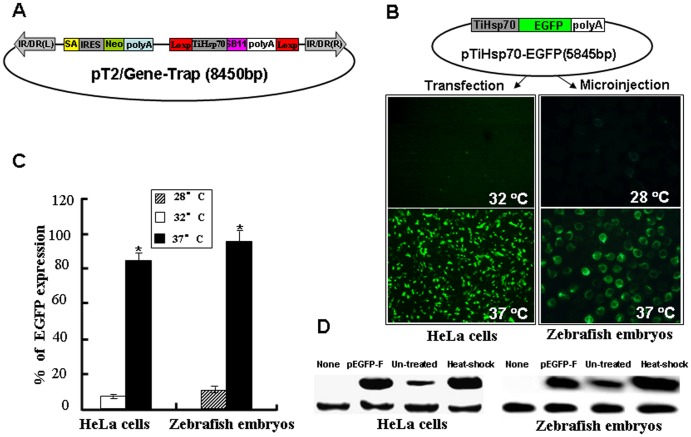Figure 1. Inducible activity of the tilapia Hsp70 promoter (TiHsp70) at 37.
°C. (A) A novel gene-trap vector mediated by Sleeping Beauty transposon. IR/DR(L) and IR/DR(R), left and right inverted repeat/directed repeat of the SB transposon; SA, splice acceptor; IRES, internal ribosome entry site; Neo, kanamycin resistance gene; poly(A), poly(A) signal; TiHsp70, tilapia Hsp70 promoter; SB11, SB11 transposase gene. (B) EGFP was used to monitor the inducible activity of TiHsp70 in vitro and in vivo. HeLa cells were transfected with pTiHsp70-EGFP at the density of about 80% confluence, treated in medium at 37°C for 1 h and recovered at 32°C for 2 h after transfection. Images were taken under a Nikon TE2000 fluorescent microscope and cell numbers in three fields of view were counted. Zebrafish embryos at one-cell stage were microinjected with pTiHsp70-EGFP. Injected embryos at 24 hpf were incubated in rearing water at 37°C for 1 h and then recovered at 28°C for 2 h. Low magnification fluorescent imaging of zebrafish embryos was performed on a SteReo Lumar V12 microscope form Zeiss and total embryos in three dishes were counted. (C) Statistical analysis of EGFP-expressing cells or embryos in (B). Data are given as means ± standard Deviation (n = 3). * indicate P<0.05 versus the corresponding control. (D) Western blot analysis of EGFP in HeLa cells and zebrafish embryos. Heatshock-treated and -untreated cells (transfected with pTiHsp70-EGFP) and embryos (injected with pTiHsp70-EGFP) samples were undergone western blot and the pEGFP-F plasmid was used as a positive control. The expression of reference gene β-actin was also analyzed in these samples.

